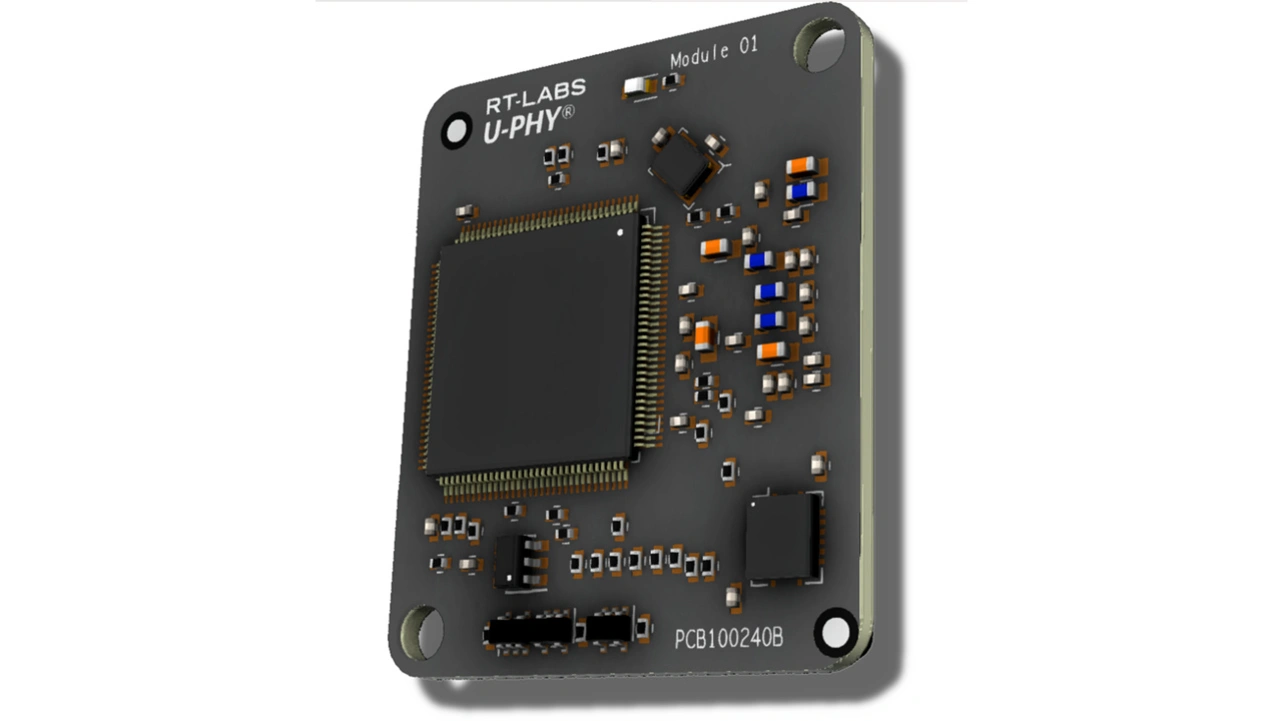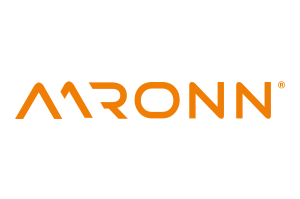Industrial communication
Minimizing risk when selecting the communication interface
With so many different Fieldbus or other industrial networks available, equipment manufacturers must identify the choice best suited to their application and business circumstances. This article considers the relative advantages and disadvantages of alternative technology and financing options.

When an industrial device manufacturer designs a new product (sensor or actuator), one of the most important decisions is how to implement the communications interface. With so many different Fieldbus protocols, e.g. Modbus, and industrial Ethernet-based networks, e.g. Profinet/EtherCAT, to choose from, selecting the right one can make or break the investment, especially since changing to a different protocol later in the design cycle is costly and would likely result in the product being late reaching the market. Likewise, redesigning an existing device to target industrial processes using a different network protocol is not trivial.
Option 1: Purchase a hardware module pre-loaded with a proprietary software stack
Industrial device manufacturers have traditionally opted for the “safe” approach of using an “off-the-shelf” hardware module to implement the communications interface. These modules typically include a:
- Microcontroller preloaded with a software stack – designed by the module provider – that implements the desired protocol at the data link and network layers.
- PHY – a physical layer transceiver that places the electrical signal on the communication medium, e.g. CAT5 or CAT6 Ethernet cable.
The advantage of this approach is that a module can be easily integrated into the device, allowing it to operate on industrial networks using the chosen protocol quickly. While this appears to be a low-risk and convenient solution, it has some less apparent drawbacks. The most obvious one is that the devices can only operate on networks using the protocol the module was designed for, restricting the market for the device to customers using that industrial network for their processes.
A different module is required to enable the device to communicate using another protocol. Since modules for other protocols are not pin-compatible, a costly and time-consuming system redesign would be necessary. Another disadvantage of this approach is that it restricts the device's features to those provided by the module manufacturer in the pre-loaded software stack. This is usually inaccessible and, therefore, cannot be modified.
Furthermore, proprietary modules are typically sourced from a single supplier, which makes customers vulnerable to supply-chain disruption and price increases. Some manufacturers also insist on royalty payments for each device sold, resulting in an unavoidable overhead for the entire product lifetime.
Option 2: Purchase a hardware module pre-loaded with a configurable software stack

A more flexible alternative is to choose a hardware module – microcontroller and PHY –that can be loaded with a configurable software stack to implement the required protocol. For example, Module 01 from RT-Labs (figure 1) is a hardware module designed for easy integration into the design of an industrial device. It features Microchip’s LAN9255 microcontroller and LAN9303 dual port Ethernet switch, and its small size and connector placement help when embedding it into small product enclosures.
Furthermore, this module comes preloaded with RT-Labs’ U-Phy stack, which supports Profinet, EtherCAT and Modbus protocols out of the box, which means an industrial device using Module 01 can immediately operate on any of these industrial networks. This makes it possible to bring new products to the market more quickly than if a hardware redesign was required for each protocol.
A considerable advantage of this approach is that apart from integrating Module 01 into their designs, RT-Labs also assist customers in modifying U-Phy to include additional functionality in their industrial devices before committing them to mass production. In addition, they provide ongoing after-sales support and undertake to provide U-Phy customers with full access to new protocol implementations as they are developed.
Option 3: Purchase a configurable software stack to run on the system microcontroller with an independent PHY
A third option, which may be more appealing to manufacturers wishing to maximize the “degrees of freedom” in their product designs, is to purchase the U-Phy software stack and integrate the necessary hardware components directly on the customer PCB. . Once again, RT-Labs work with designers to assist with U-phy integration, debugging, and developing new product features.
This approach has many advantages – it allows manufacturers to build a fully customized product and take complete control to own their supply chain. Furthermore, eliminating the requirement for an additional hardware module results in a lower bill of materials (BOM). Another benefit is that this approach allows the same device design to be reused in different products – by simply modifying the U-phy configuration, the communication can switch to any of the supported network protocols. Since this option requires a single up-front purchase, manufacturers can recover their investment in as little as seven months, depending on the type and number of devices sold.
Option 4: Same as option 3 but license – instead of purchase outright – the software stack
The upfront purchase of a software stack may not be the best option for some manufacturers who, for example:
- Have traditionally used “off-the-shelf” modules, are unsure of what is involved in the switch to a software implementation, but would therefore like to experiment with this approach – supported by RT-Labs.
- Are unsure if their devices will be successful enough in the marketplace and sell in sufficient quantities for them to recover their investment.
- Small companies which do not have the required capital for an up-front payment needed to purchase a software stack.
For these reasons, RT-Labs also makes U-Phy available under an ongoing licensing arrangement. For the duration of the license, they provide customers with the same support as those who purchase outright, including assistance with integrating and debugging while also guaranteeing access to future protocol releases. This option can provide manufacturers continuous access to the benefits of U-phy in a more financially manageable way.
RT-Labs
Hall 3A, Booth 443







